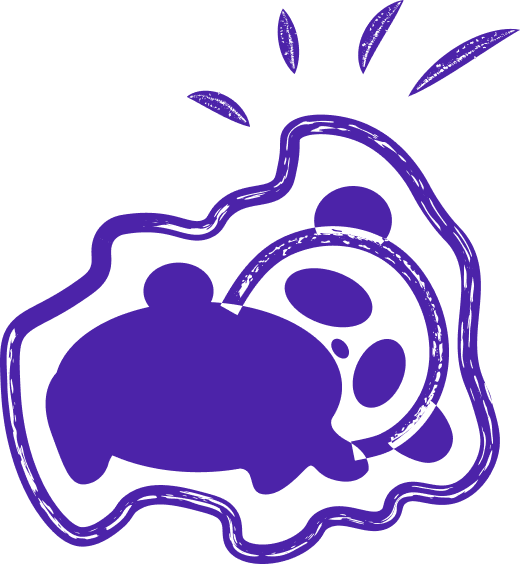
executable statement
Executable Statement: Powering the Engine of Programming
In a sense, executable statements are like the verbs of a programming language. They are action-oriented, responsible for carrying out computations, initiating functions, controlling data flow, or even interacting with the system's hardware.
Executable statements can take many forms depending on the programming language and the action they are meant to perform. They can be assignment statements that assign a value to a variable, control statements that manage the flow of the program, or function calls that trigger specific functions.
The power of executable statements extends beyond just performing actions. They bring the software to life. Whether it's a website dynamically responding to a user's clicks, a video game character moving across the screen, or a spreadsheet calculating sums, behind these actions are executable statements working their magic.
It's also worth noting that not all statements in a program are executable statements. There are also declarative statements, which, unlike executable statements, don't perform actions but instead declare variables or define functions. The interplay between declarative and executable statements makes a program complete, allowing it to both store data and perform actions.
When writing executable statements, developers must consider factors like the order of execution, the potential impact on other parts of the program, and the efficiency of the code. Well-written executable statements lead to efficient, reliable, and maintainable software, underscoring their importance in programming.
In essence, executable statements are the pistons in the engine of programming. They convert the static fuel of data into the dynamic motion of software functionality.
Now, let's wrap up our journey into executable statements with a dash of fun. Here's a little coding-inspired limerick:
"In the realm where the data play,
Executable statements lead the way,
With a dash and a dot,
They tie the knot,
Bringing life to the code every day.
Let’s build your next digital product — faster, safer, smarter.
Book a free consultationWork with a team trusted by top-tier companies.








